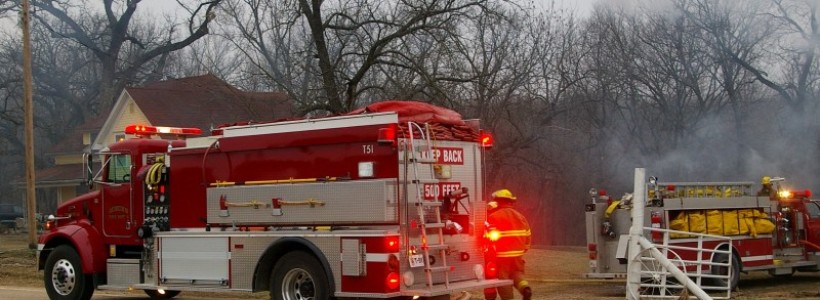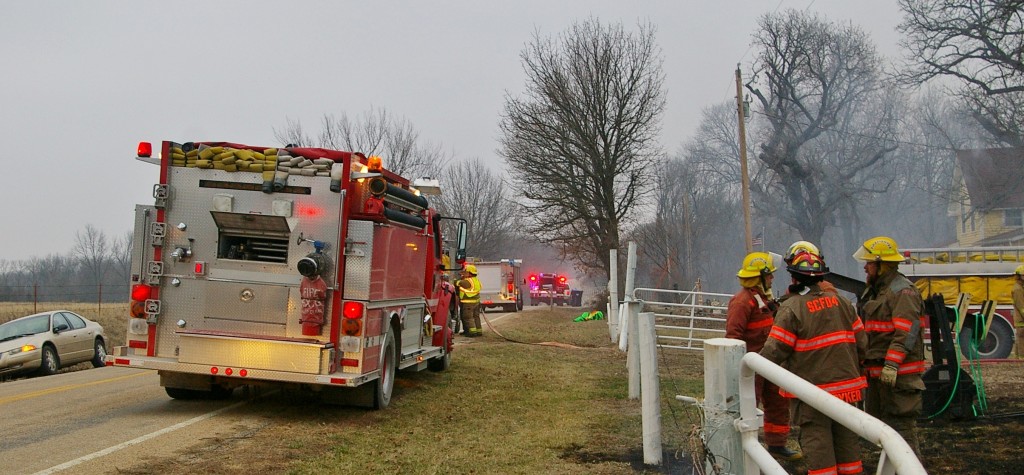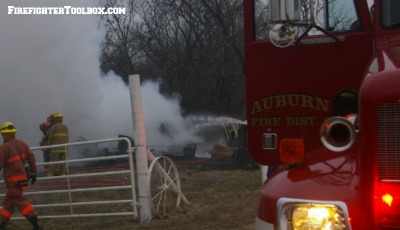4 Steps For Rural Water Supply
Rural water supply encompasses more than just the challenges of bringing water to the location of the fire. The available water on hand, coupled with the immediate availability of water on the next arriving engines, often drives initial fire attack strategy in a rural setting. Without discussing effective firefighting or the use of CAFS (compressed air foam systems) in a rural setting, we are going to discuss some simple ways to improve our water supply strategy.
Where To Set Up The Supply Point
Our first major challenge is determining where to set up the supply point, taking into consideration how that will affect the placement of the first due engine company and subsequent apparatus.
This is where knowing our district — and having a detailed map book with hydrants marked — can make or break an operation. On the way to the call, we can start gathering a rough sketch of how we need to get the operation outlined.
#1 – Request mutual aid for tanker support early
When the call is toned out, we need to consider our area. If we know that the fire is in a rural area that is not covered by hydrants, it is best to immediately request mutual aid for tanker support.
#2 – Choose the right location
How involved the fire is on arrival and what it encompasses (most of a structure, 80 acres of grass, or the entire tractor of a semi and trailer) will influence where the attack engine and water supply operations will be located. Here are 4 factors to consider for easy water supply set up:
- Additional tankers should be able to easily come in, drop their water, and leave without making complicated or time-consuming maneuvers.
- The ground around the water supply point should be able to support large heavy trucks.
- The ground that the porta-tank will be sitting on should be flat and even.
- There should be enough room for the drop tank and the first due tanker to draft while also giving other emergency vehicles access to the scene.
#3 – Drop a supply line
The first arriving engine company will still need to drop supply line at the road, the point of entry, or where the water supply operation will be. This ensures that as soon as the operation is set up, water flow can begin without having to hand jack hose and pull firefighters from firefighting.
#4 – Think about a secondary water supply point
Additional engine companies may be needed to fight the fire, so we need to consider where a secondary water supply point could be set up as well.
In a rural setting we can still use operational pre-planning especially as it relates to initial water supply. As officers, we need to be one step ahead in our planning, and our planning needs to begin when the call is paged out. If we fail to start planning, that delays every aspect of the call from fire suppression to rescue.
Photos courtesy of Erik Wood








In North Carolina Office of State Fire Marshall considers mutual aid is assistance called for after the alarm is recieved and Automatic aid is assistance dispatched at the same time as primary department. So preplanning and training can determine how many engines and tankers are needed for a given area. So this gives the IC one less thing to worry about upon arrival. Our department was able to recieve a class 6 ISO rating district wide with tanker shuttle. All structure fire calls we recieve automatic mutual from three departments this includes 1 engine for the water point and 5 tankers our department’s response include two engines at fire scene two tankers, and service truck. So on most structure fire calls first alarm we have about 10000 gallon of water on first alarm, and meets ISO requirement of min 250gpm for two hours min.